#umbilicalcord
Text
தொப்புள் கொடிகளில் பால் கறப்பது The umbilical cords helps sick newborns சில நோய்வாய்ப்பட்ட புதிதாகப் பிறந்த குழந்தைகளுக்கு உதவுகிறது.
பதிலளிக்க முடியாத அல்லது சுவாசிக்க சிரமப்படும் (The umbilical cords helps sick newborns) ஒரு குழந்தையைப் பெற்றெடுப்பது ஒரு வேதனையான அனுபவமாகும்.
#theumbilicalcordshelpssicknewborns#umbilicalcord#umbilicalcordcare#normalvsinfectedumbilicalcord#umbilicalstump
0 notes
Text
Umbilical cord: everything you need to know
The umbilical cord
The umbilical cord may be one of the most important parts of human development, yet many people don't know much about it. It's the connection that transfers nutrients and oxygen to the fetus during pregnancy, and once the baby is born, it's cut to separate the newborn from the placenta. But what else should we know about this vital cord? In this blog post, we'll explore everything you need to know about the umbilical cord and its role in pregnancy and childbirth.We'll cover the functions of the umbilical cord, including the different types of cells that make it up and the various components that help it function. We'll also discuss the importance of proper cord care, especially in the moments after birth. Additionally, we'll dive into some of the more common disorders and issues that can arise with the umbilical cord, such as cord prolapse and nuchal cord.Whether you're a soon-to-be parent or simply curious about the intricacies of the umbilical cord, you will enjoy this article.1. Structure of the umbilical cordThe umbilical cord is a vital structure that connects the developing fetus to the placenta in utero. It provides a pathway for oxygen and nutrients to travel from the mother to the fetus, and for waste products to be removed from the fetus. The structure of the umbilical cord consists of two arteries and one vein encased in a gelatinous substance called Wharton's jelly. The arteries carry deoxygenated blood and waste products away from the fetus, while the vein carries oxygenated blood and nutrients to the fetus. The umbilical cord is typically around 55 cm long and 2 cm thick at full term, although variations in length and thickness can occur. Understanding the structure of the umbilical cord is essential for obstetricians, midwives, and healthcare professionals involved in prenatal care and delivery.2. Developmental function of the cordThe umbilical cord plays a critical role in fetal development during pregnancy. One of its primary functions is to provide oxygen and nutrients to the developing fetus. The cord contains two arteries and one vein, which work together to transport blood and nutrients to the placenta. The placenta is responsible for filtering out waste products and supplying the developing fetus with the necessary nutrients and oxygen. In addition to providing nutrients, the umbilical cord also plays a crucial role in removing waste products from the fetus. The cord serves as a conduit for the removal of carbon dioxide and other waste materials from the developing fetus, which are then transported back to the mother's bloodstream for disposal. Therefore, the developmental function of the umbilical cord is crucial to the health and survival of the developing fetus during pregnancy.3. Importance of cord blood stem cellsCord blood stem cells have become an increasingly important topic in the field of medicine. Stem cells are unspecialized cells that have the ability to develop into different types of cells, tissues, and organs in the body. Cord blood stem cells are collected from the umbilical cord and placenta following childbirth. These cells have the unique ability to grow and regenerate, and they can be used to treat a range of diseases and conditions, including certain types of cancer, blood disorders, and genetic diseases. One of the key advantages of cord blood stem cells is that they are a perfect match for the child from whom they were collected, which greatly reduces the risk of rejection when used in a transplant. In addition, cord blood stem cells are less likely to carry infectious diseases compared to other sources of stem cells, making them a safer option for transplantation. Given their potential to treat a wide range of diseases and conditions, the importance of cord blood stem cells cannot be overstated.4. Potential for cord blood bankingCord blood banking is a medical practice that involves collecting and storing the blood from a newborn baby's umbilical cord. This practice has the potential to be a valuable source of stem cells for medical treatment in the future. The stem cells found in umbilical cord blood can develop into various types of cells, such as red and white blood cells, platelets, and even nerve cells. These cells have the potential to treat a range of medical conditions, including genetic diseases, blood disorders, and some types of cancer. However, it is important to note that the chances of using these stored cells for treatment are relatively low, and the cost of cord blood banking can be high. It is recommended that parents consult with a healthcare provider to discuss the potential benefits and risks of cord blood banking before making a decision.5. Risks associated with cord prolapseCord prolapse is a rare but serious obstetric emergency in which the umbilical cord descends from the uterus into the birth canal before the baby. This can lead to compression or occlusion of the cord, which can result in fetal hypoxia and possible death. If you suspect that a cord prolapse has occurred, it is essential to act quickly and obtain immediate medical attention. However, cord prolapse is preventable with careful management during labor, including early detection of risk factors such as breech presentation, premature rupture of membranes, and induction of labor. It is important for healthcare providers to be aware of the risks associated with cord prolapse and to have the knowledge and skills necessary to manage this emergency situation promptly and effectively.6. Umbilical cord knots and complicationsUmbilical cord knots and complications are a rare but serious concern during pregnancy. The umbilical cord is responsible for delivering oxygen and nutrients to the developing fetus, and any issues with the cord can impact fetal growth and development. Umbilical cord knots can occur when the fetus moves around in the womb and twists the cord, causing it to knot or tangle. While most knots are harmless, there is a risk of complications if the knot becomes too tight and restricts blood flow. This can result in fetal distress or even stillbirth. Other complications of the umbilical cord can include prolapse, where the cord drops into the birth canal before the baby, or nuchal cords, where the cord becomes wrapped around the baby's neck. It is important for expectant mothers to receive regular prenatal care and for healthcare providers to monitor the umbilical cord for any potential complications during pregnancy and delivery.7. Delayed cord clamping benefitsDelayed cord clamping is a practice that involves waiting for several minutes after the baby is born before cutting the umbilical cord. This practice has gained popularity in recent years due to the numerous benefits it offers to the newborn. Delayed cord clamping allows the baby to receive more blood, and therefore, more oxygen and nutrients from the placenta. This extra blood can increase the baby's iron stores, which is essential for healthy development. Studies have shown that delayed cord clamping also reduces the risk of anemia, which can occur in the first year of life. Additionally, delayed cord clamping has been linked to a lower risk of respiratory distress syndrome, a common condition in premature babies. Overall, delayed cord clamping is a simple and effective way to promote the health and well-being of newborns.8. Cord blood donation processCord blood donation is a process of collecting and storing cord blood from a baby's umbilical cord after birth. The process of cord blood donation is safe, painless, and non-invasive. It can be done in both public and private cord blood banks. Before the donation process, the donor mother has to go through a screening process to ensure that she and the baby are healthy and eligible for donation. The screening includes a medical history review and blood tests. During the donation process, the umbilical cord is clamped and the blood is collected using a sterile needle and a bag. The entire process takes about 10-15 minutes, and it does not affect the delivery or the health of the mother or the baby. Once collected, the cord blood is shipped to the cord blood bank for processing, testing, and storage. Cord blood donation is a noble act that can potentially save a life in the future.9. Cord care after birthCaring for the umbilical cord after birth is an essential part of newborn care. The umbilical cord stump usually drops off within the first two weeks, leaving a small wound that requires careful attention to prevent infection. To care for the stump, it is essential to keep it clean and dry at all times. Newborns should be bathed using sponge baths until the stump falls off completely. It is important to avoid getting the stump wet or submerging the baby in water until it is healed. Clean the stump with warm water and mild soap and dry it gently using a soft towel. Fold the diaper below the stump to keep it dry and avoid rubbing against it. Keep an eye on the stump for signs of infection, such as redness, swelling, discharge, or a foul odor. Notify your healthcare provider immediately if you notice any of these signs. With proper care, the umbilical cord stump will heal quickly, and your baby will be on their way to a healthy start.10. Future research on cord functionAs research on umbilical cords continues to evolve, future studies will likely focus on a variety of areas related to cord function. One key area of interest is the role of the umbilical cord in fetal development, including how it supports the growth and nutrition of the fetus. Researchers may also investigate the potential for using cord blood and tissue in regenerative medicine, as these materials contain valuable stem cells that can be used to treat a range of medical conditions. Additionally, studies may explore the potential for using umbilical cord blood and tissue to develop new treatments for diseases such as cancer, diabetes, and autoimmune disorders. As our understanding of the umbilical cord and its functions continues to grow, it is likely that new avenues for research and treatment will emerge, offering hope for improved health outcomes for patients around the world.In conclusion, the umbilical cord is a vital element in prenatal development, connecting the fetus to the placenta and providing it with the necessary oxygen and nutrients. Understanding the structure, function, and potential issues related to the umbilical cord can help expectant mothers and healthcare providers ensure the best possible outcomes for both the mother and baby. As with any medical issue, it's essential to speak with a qualified healthcare provider if you have concerns or questions about the umbilical cord or any aspect of pregnancy.










Read the full article
0 notes
Photo

mindset while collecting #umbilicalcords of #desertgoats 1 1/2 decades ago in the #sinaidesert #dataexchange https://husar.solar/data-exchange https://husar.solar/cradle-of-estuary 2014 i locked myself for 6 weeks in the Candyfactory #Vienna in summer 2014 to #givebirth to the #cradleofEstuary #verbindungskörper #mündungswiege * In der Zuckerlfabrik riecht es seit 5 Wochen nach getrockneten Ziegennabelschnüren. Mit Wasserdampf aktiviere ich sie für ihre neue Form bzw Verbindungsfähigkeit. Eine #Hängematte soll entstehen aus den ungezählten Schnüren, die ich seit 2007 von meiner eigenen Herde und ihrem Umfeld in der Urgesteinswüste Sinai beziehe. Ich befinde mich im finalen Akt einer langen #Performance über das Fliessen von Informationen. Das Verbinden der Schnüre erscheint mir am ehesten mit einem Lötvorgang vergleichbar. Die #Venen der #Datenstränge werden mit #Krokodilklammern ineinander verwurzelt..... #courtesy of #motherearth (hier: Sinai Desert, Egypt) https://www.instagram.com/p/ClvVycUshNZ/?igshid=NGJjMDIxMWI=
#umbilicalcords#desertgoats#sinaidesert#dataexchange#vienna#givebirth#cradleofestuary#verbindungskörper#mündungswiege#hängematte#performance#venen#datenstränge#krokodilklammern#courtesy#motherearth
1 note
·
View note
Photo
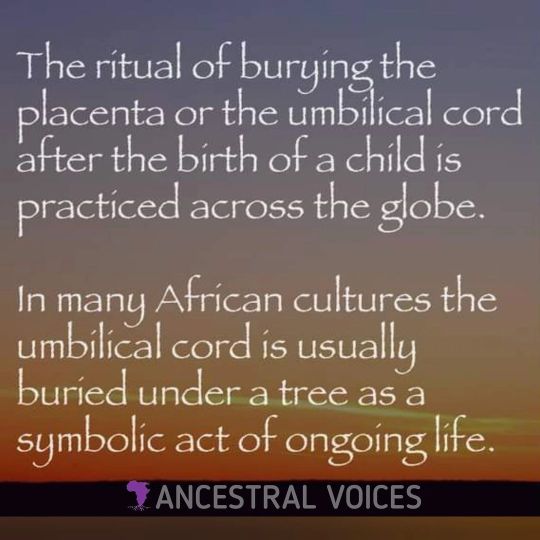
The ritual of burying the placenta or the umbilical cord after the birth of a child is practiced across the globe. In many African cultures the umbilical cord is usually buried under a tree as a symbolic and physical act of ongoing life. The Kikuyu of Kenya place it in an uncultivated field and cover it with grains and grasses. In Jamaica they bury the placenta and the umbilical cord in the ground and plant a sapling on top. The tree is known as the baby’s tree or “navel-string” tree. ANCESTRAL VOICES A series of documentaries, books and courses exploring the subject of African Spirituality; with the aim to spread accurate and unbiased information about it to free it from centuries old stigmatisation and propaganda. www.ancestralvoices.co.uk LINK IN BIO #umbilicalcord #grounded #rooted #tree #birth #growing https://www.instagram.com/p/CReAtLcjx1x/?utm_medium=tumblr
49 notes
·
View notes
Photo

Finished an early day my placenta workshop ❤️ #placentatime #placentaworkshop #umbilicalcord #umbilicalcordkeepsake #cordkeepsake #placentalove #placentamom #sacramento #placentaencapsulation #placentaspecialist (at Sacramento, California) https://www.instagram.com/p/CRzdbvpJtl_/?utm_medium=tumblr
#placentatime#placentaworkshop#umbilicalcord#umbilicalcordkeepsake#cordkeepsake#placentalove#placentamom#sacramento#placentaencapsulation#placentaspecialist
1 note
·
View note
Photo

Human #CordBlood Mono Nuclear Cells ( HCBMNC)
To know more about Stem Cell visit, www.globalstemcellcare.com
1 note
·
View note
Photo
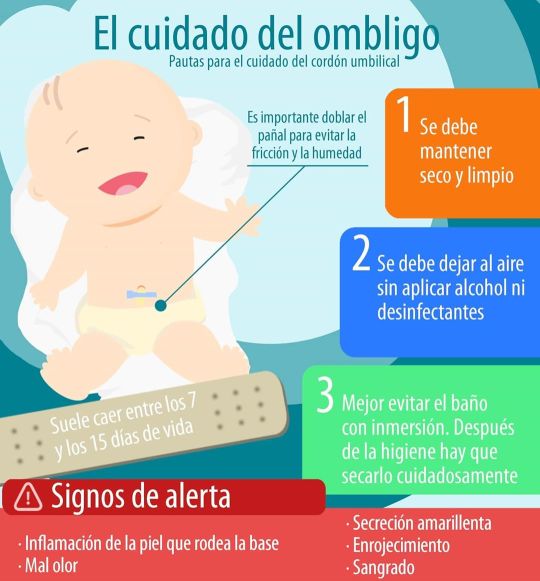
Algunas Cositas que Papás y Mamás Deben Tener en Cuenta con el Cordón Umbilical. . . . . . . . . . #cordonumbilical #cordónumbilical #cuidadosdelbebe #muñonumbilical #onfalitis #umbilicalcord #bañodelbebe #cuidadosdelreciennacido (en Pereira Capital del Eje) https://www.instagram.com/p/B8pLhiJn9wK/?igshid=jq4xjovipwwm
#cordonumbilical#cordónumbilical#cuidadosdelbebe#muñonumbilical#onfalitis#umbilicalcord#bañodelbebe#cuidadosdelreciennacido
1 note
·
View note
Text
The Badass better known as Mother Nature
I was working on the delivery ward, it was a quiet shift without much to do. Then, a laboring woman came in together with her midwife. She had strong contractions, her labor had started a few hours earlier, a little before her due date. In the past couple of weeks, she had felt her baby move less three times before. She went for a hospital check up every time, and all was well every time. The last time only being the day before. The doctors talked about inducing her, but she hadn’t made up her mind just yet.
This woman was about to deliver her third child, and was kind enough to let me attend her birth along with her own midwife and the loving support of her husband, sister and mother in law. The birth of thirds can be a tricky one: I don’t know why, but they often are slower than second births (yet quicker than first babies, thankfully). But not this one. In what felt like no time, this mother gave birth to a healthy, beautiful baby.
While she held her newborn and kissed his little head, a little puddle of blood was forming on top of the mother’s stomach. At first, I thought it must be a little delivery-blood, as we so often see. But as both her own midwife and I weren’t quite sure, we decided to inspect the umbilical cord and saw that it had in fact torn! Thankfully, baby didn’t seem to notice and was completely fine.
Then, it was time to deliver the placenta. I was a little scared to pull because of the torn umbilical cord, but nature had my back and the placenta was born easily and without too much blood loss. As I always do, I inspected the placenta carefully while dabbing a piece of gauze to remove excess blood to improve my sight. While I was gently dabbing, I tore the placenta completely! Huge chunks of placenta came undone while I was simply stroking it. I had never seen anything like this before…
When I think about this afterwards there is only one explanation I can give: Nature is sacred and divine, and has her own ways way beyond our understanding. The reason why she had felt her baby move less probably had something to do with the fragile placenta and umbilical cord. But her body fixed this issue itself and labor started before things could go wrong. Hail, hail to a woman’s body!
#thewritingmidwife#midwifelife#lifeofamidwife#midwife#midwifery#blog#blogger#writer#labor#delivery#baby#babies#mother#birth#birthworker#birthing#hospitalbirth#placenta#umbilicalcord#blood#mothernature#nature#matriarchy#badass#feminism#feminist#feministtalk#women#woman#muslimmidwife
6 notes
·
View notes
Photo

I received a lot of questions about womb trauma and womb healing in the past few weeks. By answering these questions on Mother's day I intend to ease the stress and the burden of moms who believe their pregnancy negatively influenced their children. There is always time to heal, and there are always ways to heal that past stress. Stay open to the possibilities! Womb stress and trauma is experienced by the fetus, but because the limbic system did not develop yet, it cannot be translated by the baby into emotions. Most of the stress experienced by mom during the conception, pregnancy and the delivery feels to the fetus like a threat to its immediate safety. Most of the associations and beliefs formed during developmental stages circle around the need for safety, the need to be nurtured, and the first understanding of boundaries. During the womb healing I explore: -The amniotic fluid tells us about our first irritations and disruptions in safety. -The proteins in the placenta lining and the stress that's stored there can tell us a lot about our associations with being nurtured, with trust and boundaries as well. -The umbilical cord also represents our associations with being nurtured as well as our associations and beliefs about our ability to receive form the Life Force. We also feel our first rejection through the umbilical cord. -The circumstances and emotions that both parents felt during the conception play a huge role in the overall health of the baby. Hostility and powerlessness are the major negative emotions we can feel if the conception happened during a stressful situation. Read more on my blog. Link in the bio! New Womb Healin Package is available now for only $299 for 3 healing sessions. Visit my website at alwaystheheart.com for more details. #womb #wombhealing #pregnant #fetus #baby #placenta #umbilicalcord #delivery #wombtrauma #fertilization #amnioticfluid #pregnancy #inutero #uterus #newborn #stemcells #healing #holistic #selfhealing #boundaries #trust #nurturing #stress #newmom #mother #mum #mom https://www.instagram.com/alwaystheheart/p/BxYCqHNHK12/?utm_source=ig_tumblr_share&igshid=fh8ev6p65pnq
#womb#wombhealing#pregnant#fetus#baby#placenta#umbilicalcord#delivery#wombtrauma#fertilization#amnioticfluid#pregnancy#inutero#uterus#newborn#stemcells#healing#holistic#selfhealing#boundaries#trust#nurturing#stress#newmom#mother#mum#mom
6 notes
·
View notes
Photo

A Lotus Birth
by Alysse
A lotus birth is a birth practice (and an option!) where the umbilical cord is not severed, it is left intact and attached to the baby. It is often wrapped and placed in a bowl and then the mother and child are left to bond. In 3- 10 days, the umbilical cord dries out and detaches from the baby. A benefit includes your baby receiving all the blood from the placenta. The idea is that you are honouring the connection between the baby and the placenta.
While there have been many studies on delayed cord clamping there have not been any studies on the effectiveness of leaving the cord untouched. Many people believe that leaving the cord intact creates a calmer entrance into the world for the baby. There are some cultures around the world where this is a typical birth practice, such as present-day Bali. Most monkeys and chimpanzees also do not cut or chew the cord, although many other animals do.
There are risks involved with having a lotus birth, such as a bacterial infection, so if you wish to have a lotus birth, please talk to your care provider. When it is practiced it is often during homebirths rather than hospital births, although it has been recently allowed in Australian hospitals.
If you do decide to have a lotus birth there are steps to take to help the placenta take longer to deteriorate. Immediately after the placenta is delivered it is placed in a bowl. After approximately an hour, the placenta would then be rinsed off, dried and then preservatives would put on it. The preservatives used are usually salt mixed with herbs. After the placenta has been preserved, it is wrapped in terrycloth or muslin. There are kits that can be bought that include the preservatives and linen-lined silk bags to carry the placenta in while waiting for it to detach.
If a lotus birth is chosen the placenta cannot be encapsulated or ingested. A lovely idea is to bury the placenta along with a tree, plant or annual flower to commemorate the birth of the baby.
#lotusbirth#baby#newborn#placenta#placentaintact#cordclamping#delayedcordcutting#umbilicalcord#umbilical#birth#homebirth#hospitalbirth#birthoptions#birthpractice#bali
26 notes
·
View notes
Photo
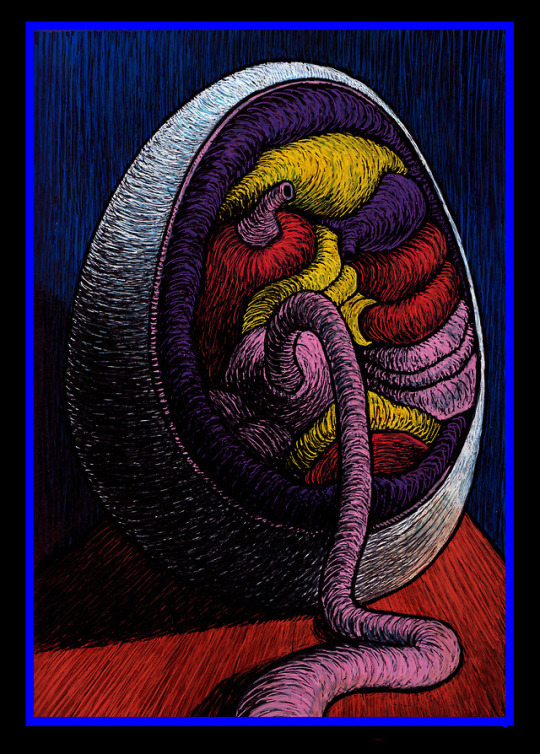
https://www.instagram.com/alessandro.coccorullo/
#uovo#egg#weirdegg#stranouovo#cordoneombelicale#umbilicalcord#weird#strange#illustration#illustrazione#art#arte#myart#uniposca#stomach#organic#stomaco#organico#surrealism#surreal#horror
59 notes
·
View notes
Video
#udder is morphing into an #umbilicalcord ✨ #hotairballoon #celestial sign for the #changeinvalue #walserherbst2018 (hier: Thüringerberg) https://www.instagram.com/p/B0jwGb2owUk/?igshid=1fzq99gqfkslq
1 note
·
View note
Video
Today is my birthday! And I Just found some real actual footage of the day I was born! Enjoy 👶🏻🕺🏻 - #baby #shawty #dance #birthday #wtf #humor #lol #umbilicalcord #why #cantbeunseen #letsparty #libra https://www.instagram.com/p/Bo7c0WWhrXo/?utm_source=ig_tumblr_share&igshid=ea18scb37ina
2 notes
·
View notes
Photo
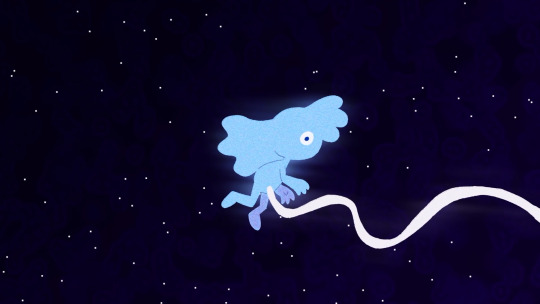
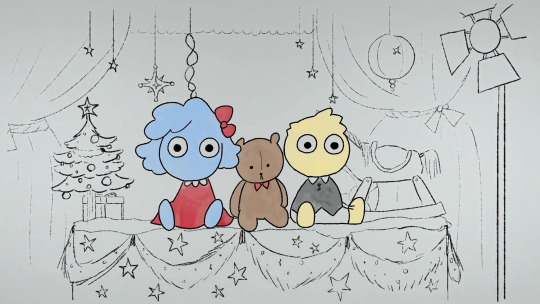
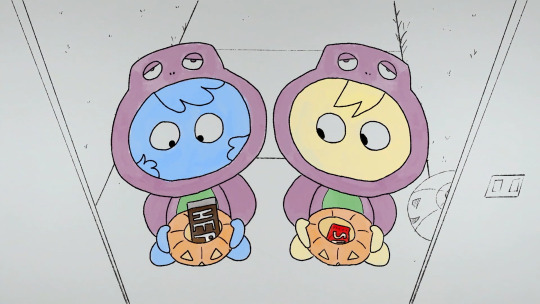
The story of a child named Blue. Her twin was Yellow. Together, they were 'Two'.
In her thesis film, Lindsay Scanlan observes & recognises that while the tether points of a bond may physically break between two people, it does not eliminate their emotional connection.
See the link below to watch the film & read our interview with Lindsay.
0 notes
Photo
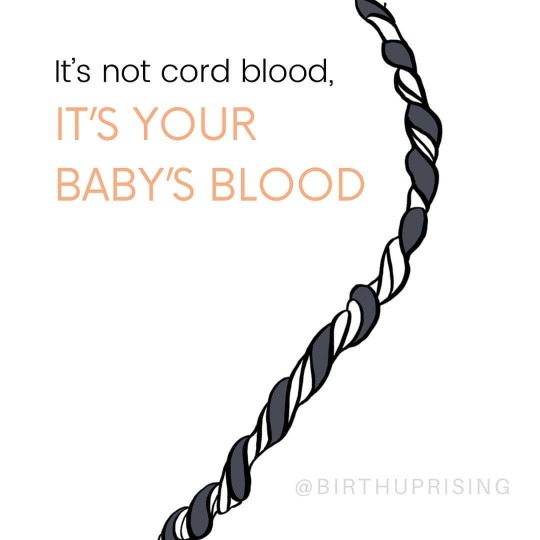
Reposted from @birthuprising At birth, ⅓ (or more) of your baby’s blood is still in the placenta. That means if you immediately cut the cord, your baby is missing A LOT of blood. If you were missing ⅓ (33%) of your blood, your heart and respiratory rates would increase, your blood pressure would drop, and you would become anxious and confused. If you lost 40% of your blood, all those symptoms would be worse and you would become lethargic. If you lost more than 40% you would die. So how long should you wait after birth to clamp the cord? Ideally you would “wait for white”. This means the cord isn’t clamped until it has stopped pulsing and turned white because all of the blood is now inside the baby. This is usually over 5 minutes (I’ve waited until the birth of the placenta with my two homebirths [about an hour]). But delaying cord clamping for even 60 seconds has been shown to have benefits including: 🔆 Increased hemoglobin 🔆 Increased iron 🔆 Increased blood pressure (early clamping means BP can be too low) 🔆 Increased urinary output 🔆 Increased body temperature (early clamping babies are colder) If baby is having a slower transition to breathing outside the womb upon their birth, keeping them attached to the cord will also continue to provide them with oxygen until they begin breathing on their own. Did you delay cord clamping with your babies? . . . . . . . . . . . . . . #birthfacts #delayedcordclamping #dcc #waitforwhite #cordclamping #umbilicalcord #evidencebasedpractice #bornathome #newborn #nicu #nicubaby #nicumom #hospitalbirth #healthybaby #physiology #physiologicalbirth #postpartum #newbaby #newmom #birthplan #birthoptions #birthmatters #knowyouroptions https://www.instagram.com/p/CYic4d3LcOl/?utm_medium=tumblr
#birthfacts#delayedcordclamping#dcc#waitforwhite#cordclamping#umbilicalcord#evidencebasedpractice#bornathome#newborn#nicu#nicubaby#nicumom#hospitalbirth#healthybaby#physiology#physiologicalbirth#postpartum#newbaby#newmom#birthplan#birthoptions#birthmatters#knowyouroptions
0 notes
Photo
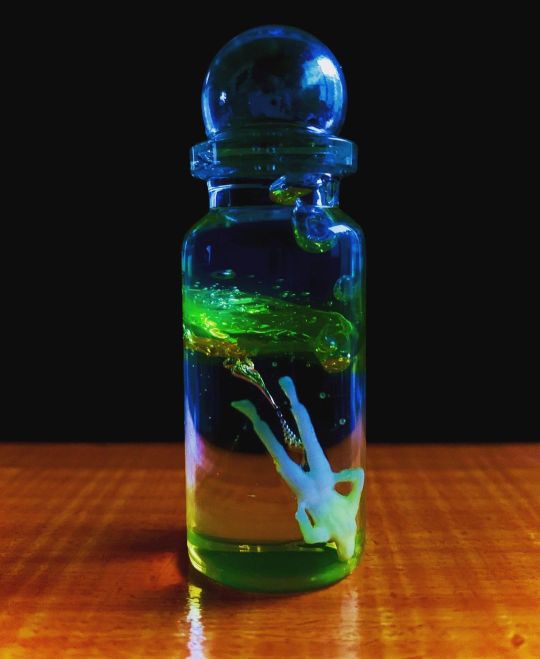
#umbilicalcord #objet #小瓶 #実験室 https://www.instagram.com/p/CT2xszoPe13/?utm_medium=tumblr
0 notes